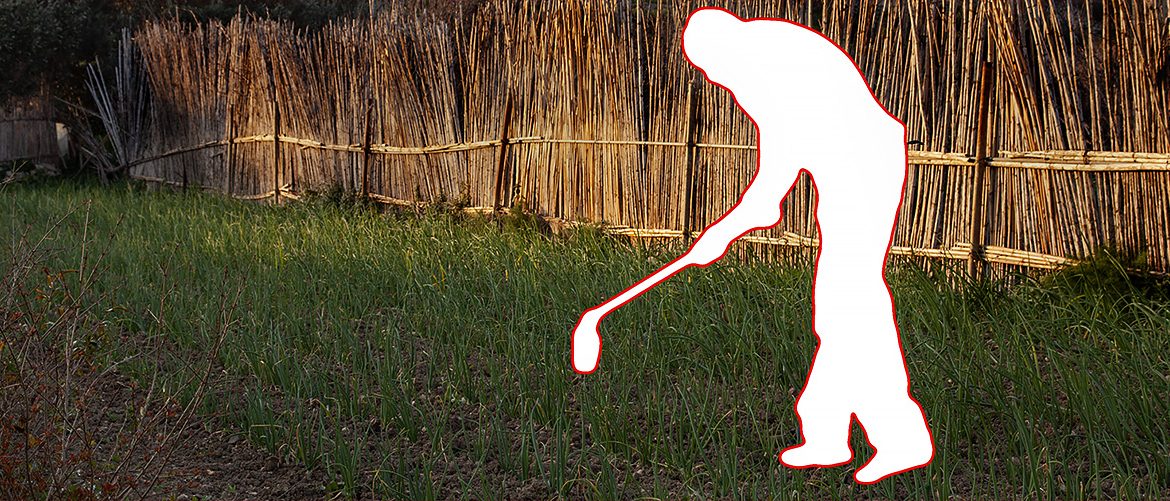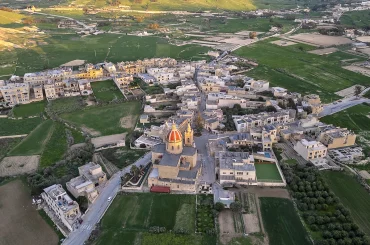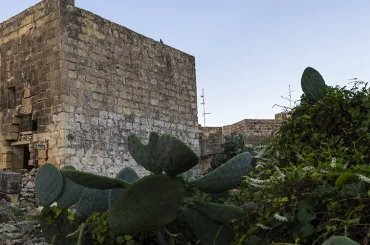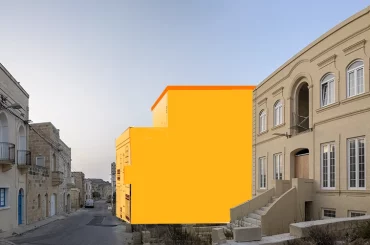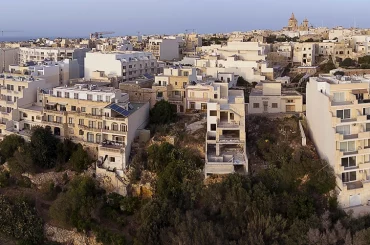I was accused of many things after I published an article last June about land in Marsaxlokk divided into plots and sold for recreational farming. In that article I also reported on court testimony about noise that had been emanating from area during an international football tournament.
One of the people who has a plot in the area commented on Facebook that I was resorting to “sensational journalism” (this is new: normally people say that my reporting is so detailed it can get tedious), that I didn’t know my “job well or even worse you may have a hidden agenda.” Another accused me of being a “lying journalist” and “deceitful person.”
Another sent me pictures – including picture of caravan set up in the field – and all of them were vehement that their interest is in agriculture.
Two weeks ago I published another article about the same area. I gave more details about the piece of land amounting to 9,000 square metres, which was divided into plots and had a dirt road constructed illegally to provide access to all of the plots, and then sold for hundreds of thousands by two property companies.
In this article I shall write about two of the hobby farmers and explore other aspects of recreational farming – the human dimension, the environmental dimension, the impacts on rural landscape – and explore whether recreational farming has a place, or ought to have a place, in agriculture after the reforms announced by the government two weeks ago are implemented.
We turned abandoned land into agricultural land, but the authorities, instead of helping us, are finding all sorts of problems.
Raymond Zammit
It is clear where the government wants to go: to make a distinction between “active farmers” (read: commercial farmers) and hobby farmers, and have agricultural land limited to so-called “genuine farmers.”
So, these farmers in Marsaxlokk – and hundreds of others like them that have popped up in recent years – are they farmers and, if they are, how could we define them? Not “active farmers”. But are they “hobby farmers” and can we define as “genuine farmers”? Should they be precluded from cultivating or owning agricultural land?
One of the plots in Marsaxlokk was bought by Raymond and Rita Zammit. In the deed of purchase the 62-year-old Raymond is described as a retiree while Rita as a ‘housewife.’ (I got the deed of purchase by doing independent research at the public registry, and not by asking the Zammits'.)

“It was abandoned land,” Raymond told me in a phone conversation. “We turned it into agricultural land, but the authorities, instead of helping us, are finding all sorts of problems.”
Hi wife sent me lots of pictures to prove that their intention was agricultural. These showed a variety of crops – these includes carrots, broad beans, cabbage, fruit trees, bananas and also ornamental plants.

The Zammits' had transformed what had been seasonal agricultural land, mostly used to grow cereal or hay in the past, into something akin to an all-year-round mixed garden.
In our two telephone conversations, which altogether lasted around an hour, Zammit was passionate and vehement. He lamented that Planning Authority officials had told him he could not have a water reservoir because his land was smaller than a tumolo – a tumolo amounts to 1,124 square metres. He said that trees he had planted would die without water.

He insisted he needed vehicular access to get water to his plot. The Planning Authority has refused to sanction the illegally-constructed road, which has been denounced by the Superintendence of Cultural Heritage and the Environment and Resources Authority.
“We love the environment,” Zammit insisted.
He insisted that the plot was used to grow crops, not for picnics. Yet he had a caravan parked in the field at one point, with a stepping-stone style path leading up to the caravan, as well as a table with stools. He eventually complied with an order to remove the caravan.
Is all of this wrong? And is it right for the government to now start making a distinction on who is a genuine farmer and craft policies that might make it hard for people like the Zammits’ to have a rural garden?
In a way, there is something positive about people wanting to have rural gardens, and there is nothing inherently wrong in having picnics in such fields either – that could be part of a healthy enjoyment of nature. The enthusiasm or dedication of someone like Raymond and Rita Zammit can lead to rejuvenation of abandoned fields.
But that enthusiasm has to be guided, and what they do in the countryside has to be regulated – therein lies the crux of the matter.

The main issue can be summed up as roads, rooms, walls and water reservoirs. If most of these plots had to be accessed by roads, and feature rooms or caravans or water reservoirs, as well as uncharacteristically regimental permiter walls, we would end up with landscapes much denuded, fragmented and unsightly.
I mentioned walls because people who buy these plots also tend to consider their fields as something akin to private walled gardens. And they tend to reconstruct ‘rubble walls’ which would be regimental and higher than what existed before, and in many cases constructed of ‘rubble’ stones salvaged from demolition waste. This has a visual and ecological impact.
These recreational farmers also tend to grow a range of crops that include ornamental plants and exotic species – bananas, palm trees, and so on – and some of these species also require high inputs of water, which creates two problems: further depletion of already-depleted water table by bowsers siphoning water, and a need for vehicular access to the fields to deliver water.
Yet another problem is traffic. People who have these fields often live a distance away, and this generates traffic and, relatedly, a glut of cars parked on country roads where these plots are situated.

These are my suggestions for what can be done:
- Encourage recreational farming but simultaneously remove property speculation from the equation when it comes to rural land.
- By recreational farmers, I mean normal people who grow crops as a hobby (and to have their own vegetables) rather than commercially.
- Tighten planning laws to avoid proliferating rooms, reservoirs, and other constructions in fields.
- Regulate tightly the kind of rubble walls that these people can build around their plots, and the sanctioning regime at the Planning Authority – there are already policies in place, but the interpretation is loose and sanctioning of walls built without permit not unusual.
- Encourage ways to create common water for irrigation – area reservoirs, for example, or better still having natural ponds that would serve certain areas.
- Encourage these plots in different localities so that people can have a recreational farming plot in their locality, making it possible for them to even walk to the plot.
- Offer agricultural knowhow to these people in crop production, particularly in the type of cultivation that enhances the environment – for example, crop rotation or mixture of crops, integrated management, and so on – and at the same time control or discourage exotic, ornamental species from rural areas, particularly those that require high water input
Donate to Investigative Journalism
Robustly researched, professionally delivered, and sustained journalistic investigations published on this website make a difference – and take much time, effort, and resources to produce. Victor Paul Borg relies on donations for income and to fund journalistic investigations. This website's donation setup itself is uniquely transparent, with targeted amounts that allow tracking of donations in real time on the page. Contribute as little as €5 to sustain active journalism that makes an impact.

